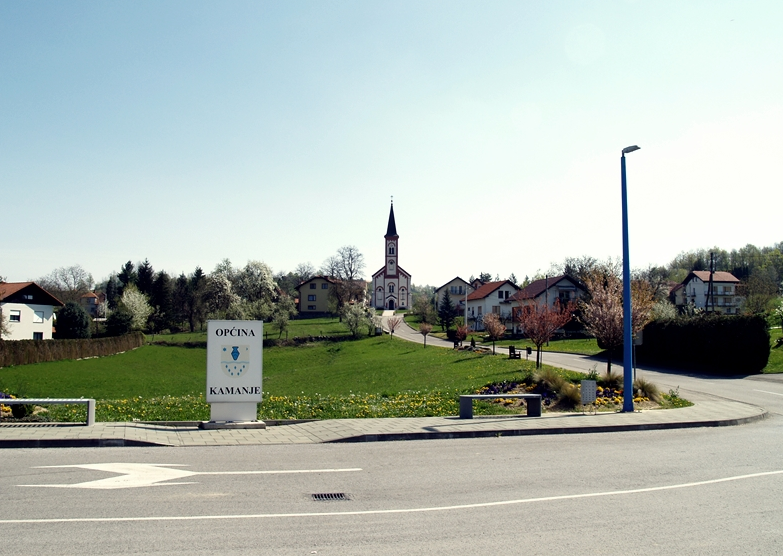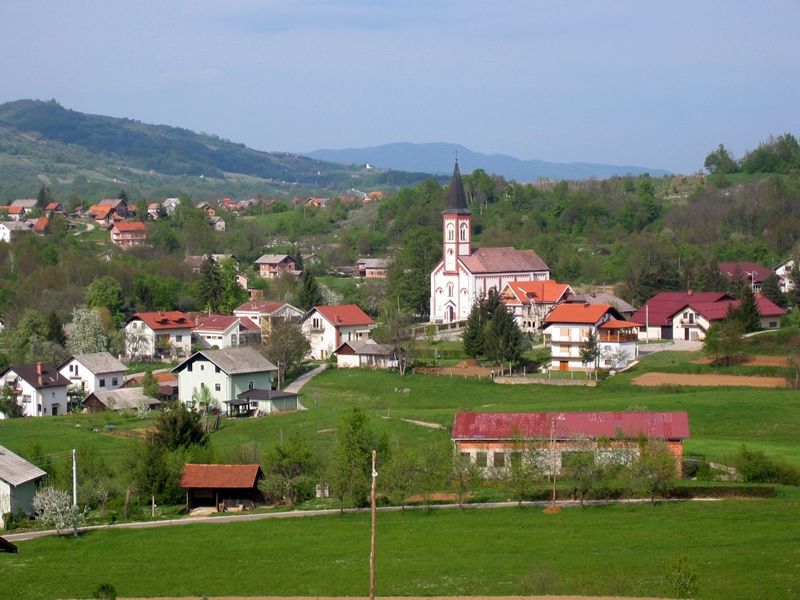One of the smallest municipalities is also one of the best when it comes to using money from EU funds.
With just 1,200 inhabitants, Kamanje is the youngest and one of the smallest municipalities in Karlovac County. However, since 2007 it is also a municipality which has withdrawn the highest amount of money from EU funds, more than one million euros, which is among the highest amounts on the per capita basis in the whole of European Union, reports Večernji List on May 28, 2017.
Out of 112 projects submitted recently for EU co-financing, the selection committee approved 12 of them, including the “Misterion” project, which had been presented by the municipality of Kamanje, together with its partners, the municipality of Semič and the town of Metlika in nearby Slovenia. The total project is worth 1.7 million euros.

“With the project, we have received 390,000 euros for the activities in Kamanje. We will spend this money on the archaeological research of the Vrlovka cave and its surroundings, and we will also equip the archaeological park, digitise the findings, and allow their hologram presentation. So, we are building our future on the unique Vrlovka cave, which is the major tourist attraction of Kamanje,” said Municipal Mayor Damir Mateljan, who recently won the local elections with as much as 77 percent of votes.
Since 2007, when the municipality’s budget amounted to 800,000 kunas, the budget has now grown to more than three million kunas. During this period, the municipality has taken more EU funds than nearby Karlovac, the county seat and a town with more than 55,000 inhabitants.

“The budget has grown due to the higher share of income tax since we are considered to be an underdeveloped area, but even more so due to higher revenues from the income tax. This shows that companies and crafts in Kamanje are doing well,” said Mateljan, adding that the municipality had more than 40 registered trades and crafts and more than 400 jobs in the real economy. Some of the larger companies operating in the municipality are Uniweld, in which 200 employees produce machines, and Pletiks, which employs about 150 people. There are also numerous crafts and trades which the locals began to open in the 1990s after they lost their jobs in nearby companies on the other side of the Croatian-Slovenian border.
Almost ten million kunas that the municipality has so far received from the EU has been invested in infrastructure, road maintenance, the first kindergarten constructed on the principle of public-private partnership, as well as for the development of the central area of the municipality.







